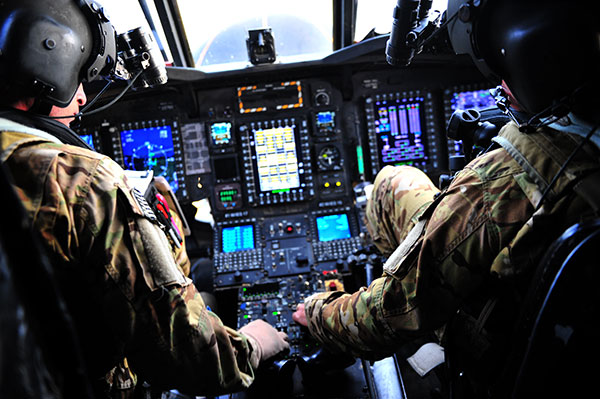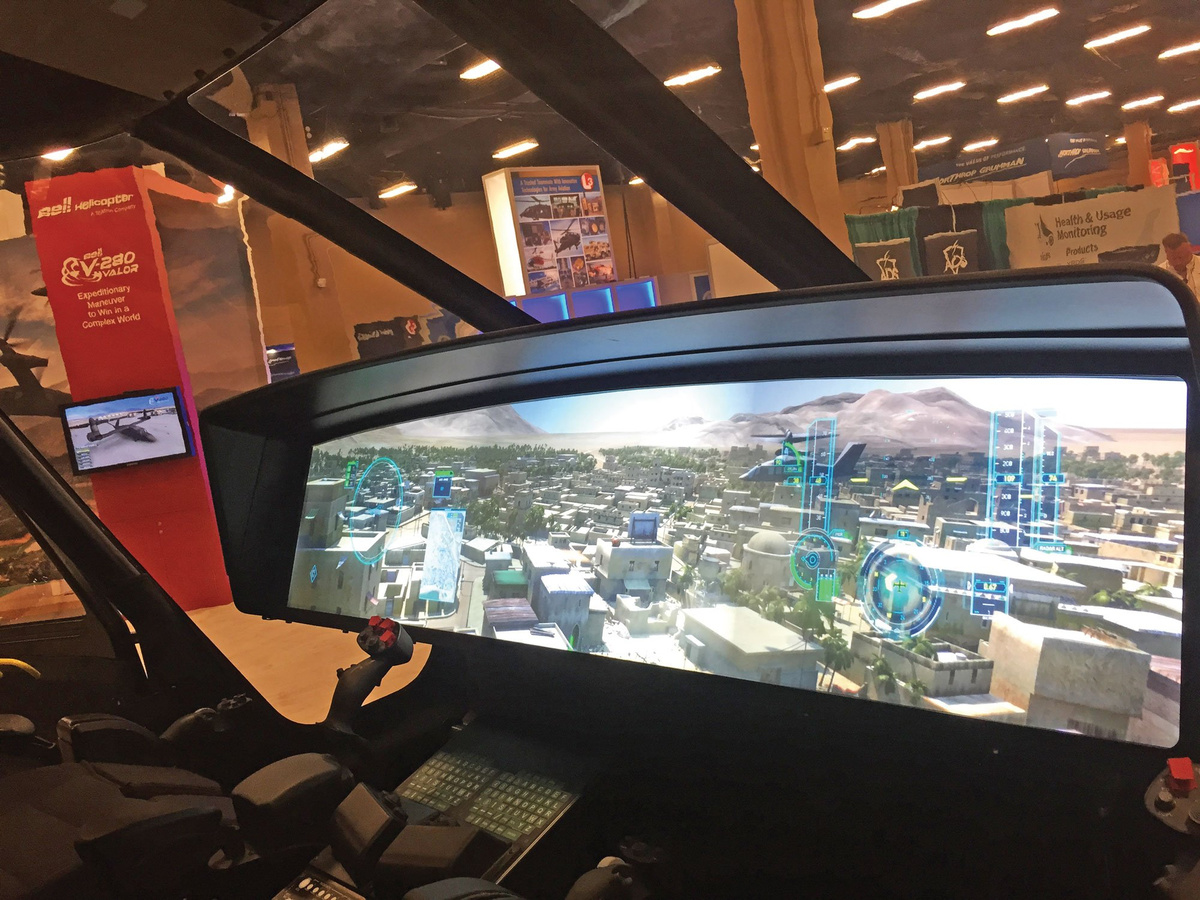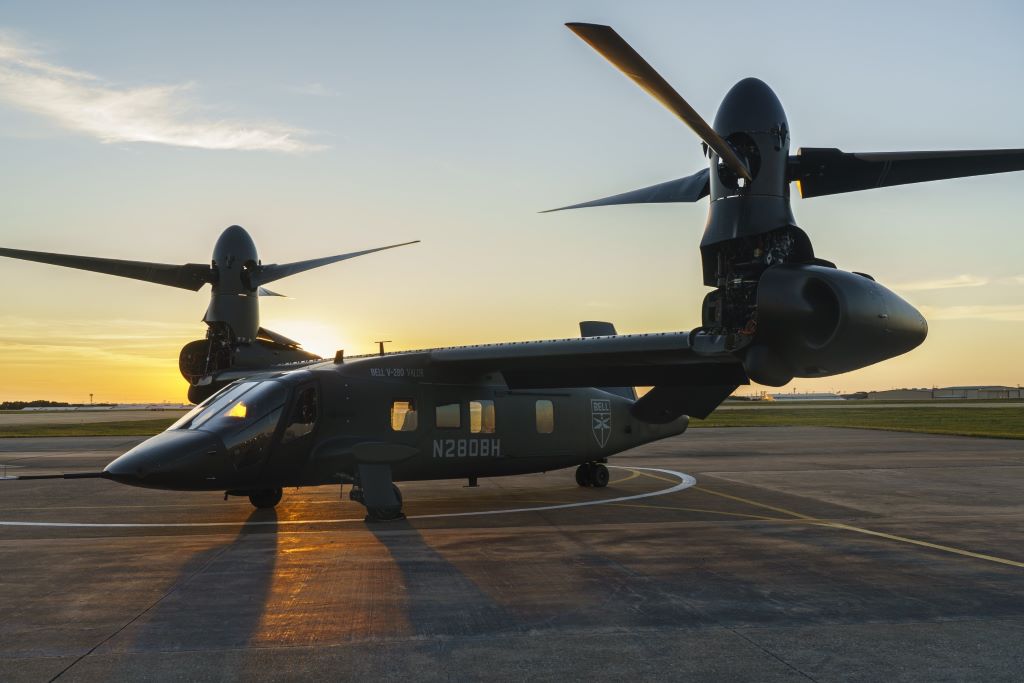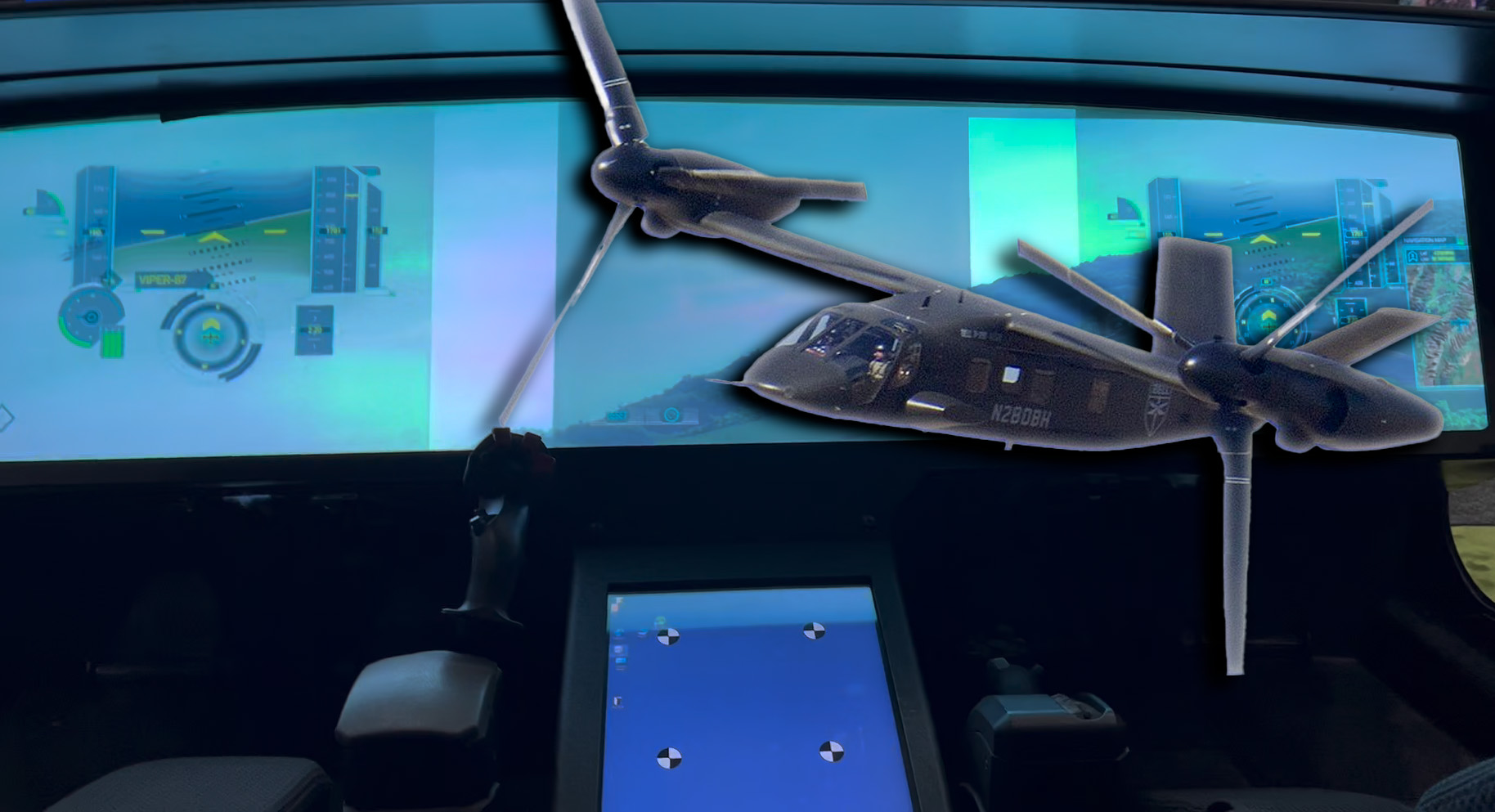- Joined
- 4 July 2010
- Messages
- 2,515
- Reaction score
- 3,094
Blackhawk also has a short cabin. In the UH-60's case it was to fit in a cargo plane more easily. For V-280, it's likely a big help with aerodynamics.The height of the cabin looks a bit small to me, i doubt the side guns can be shoot in the stand up position.





